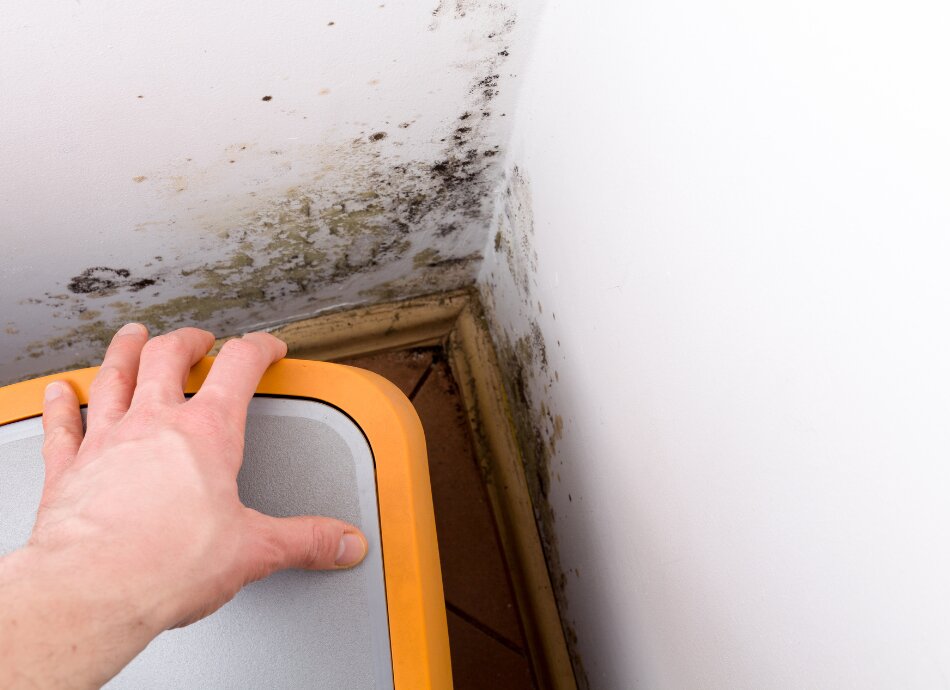Homes – here's why dampness and mould are bad for your health
Key points about why mould, damp homes are bad for your health
- If you’re living in a damp house, chances are you may have mould growing somewhere.
- This can make you and your whānau sick.
- Find out how mould affects your health and how you can prevent or get rid of it from your home.

Dampness is caused by having too much moisture in your house. And mould loves to grow in damp places.
Mould is a type of fungus. It is bad for your health because it produces allergens (things that can cause an allergic reaction), irritants and sometimes poisonous substances.

Image credit: Shutterstock
Touching or breathing in mould fragments or spores can cause:
- a runny nose
- red eyes
- skin rashes
- respiratory problems and infections
- asthma
- allergies.
Damp and mould can also affect your immune system.
Some people are more sensitive to dampness and mould and are therefore likely to develop more severe symptoms.
This includes:
- babies and children
- older adults
- people with existing skin conditions such as eczema
- people with respiratory problems such as allergies and asthma
- people with a weakened immune system.
However, anybody can be affected by mould.
There are lots of thing you can do to keep your house warm and dry, such as:
- insulating your house
- having snug-fitting curtains
- airing your house
- reducing condensation by putting lids on pots when cooking.
Read more about how to keep your home warm and dry.
Sometimes mould is obvious, but sometimes it can be hard to recognise. It often looks like fuzz, a stain, spots, a smudge or discolouration. It’s often black, green or white, but can come in a range of other colours, including grey, orange, pink and brown. It can also have a bad smell.
If you see mould on your walls and ceilings, get rid of it as soon as possible. Wipe it with a bleach solution (2 teaspoons of bleach to 1 litre of water), or use white vinegar (without any added water).
Please contact your GP or healthcare provider if you’re concerned about the effects of mould on your health.
References
- Can damp and mould affect my health?(external link) NHS, UK, 2018
- Environmental burden of disease associated with inadequate housing(external link) World Health Organisation
- Mould and your health(external link) Better Health Channel, Australia
- Renter's guide – dealing with mould(external link) Consumer, NZ
Credits: Healthify Editorial Team. Healthify is brought to you by Health Navigator Charitable Trust.
Page last updated:





